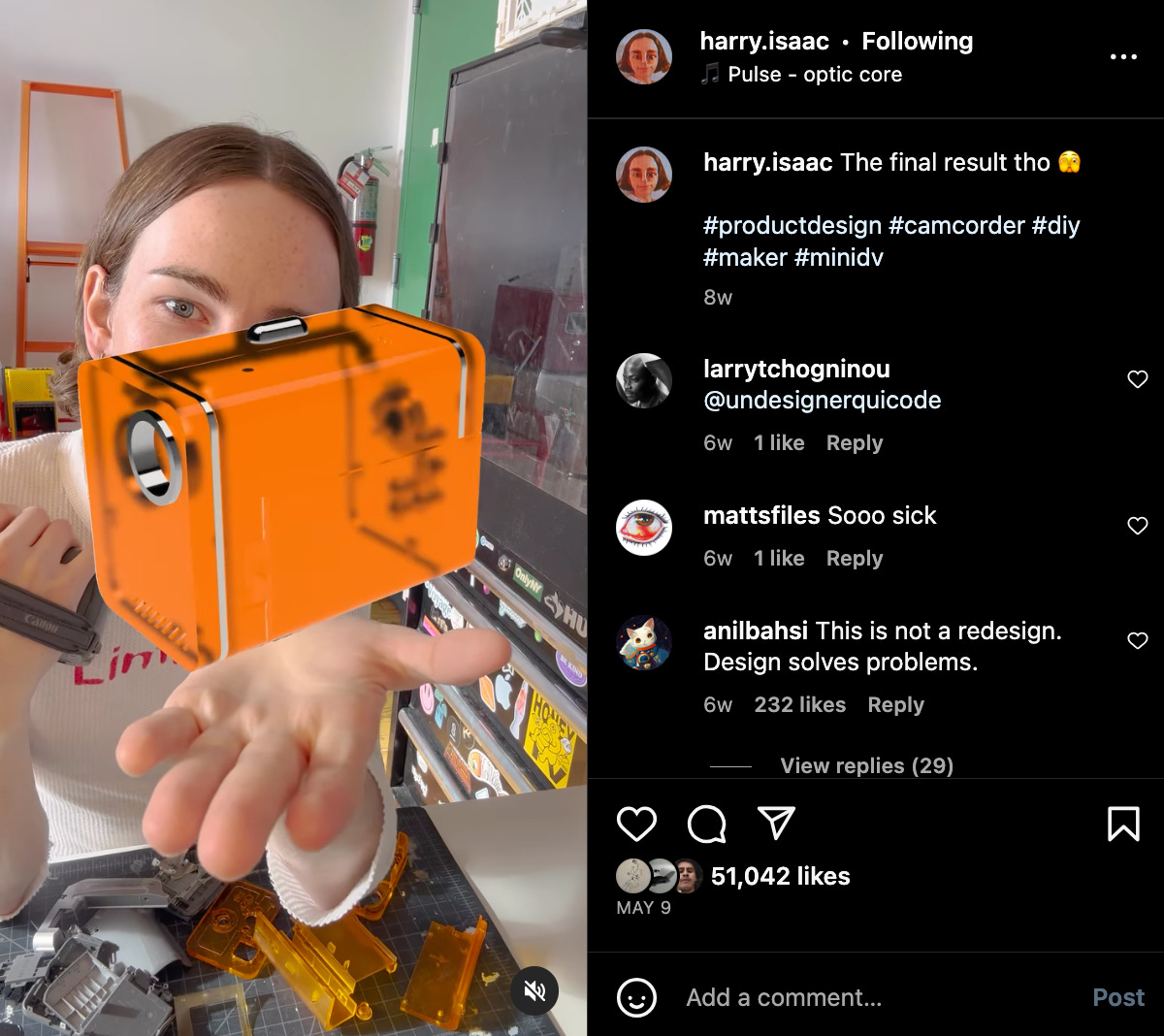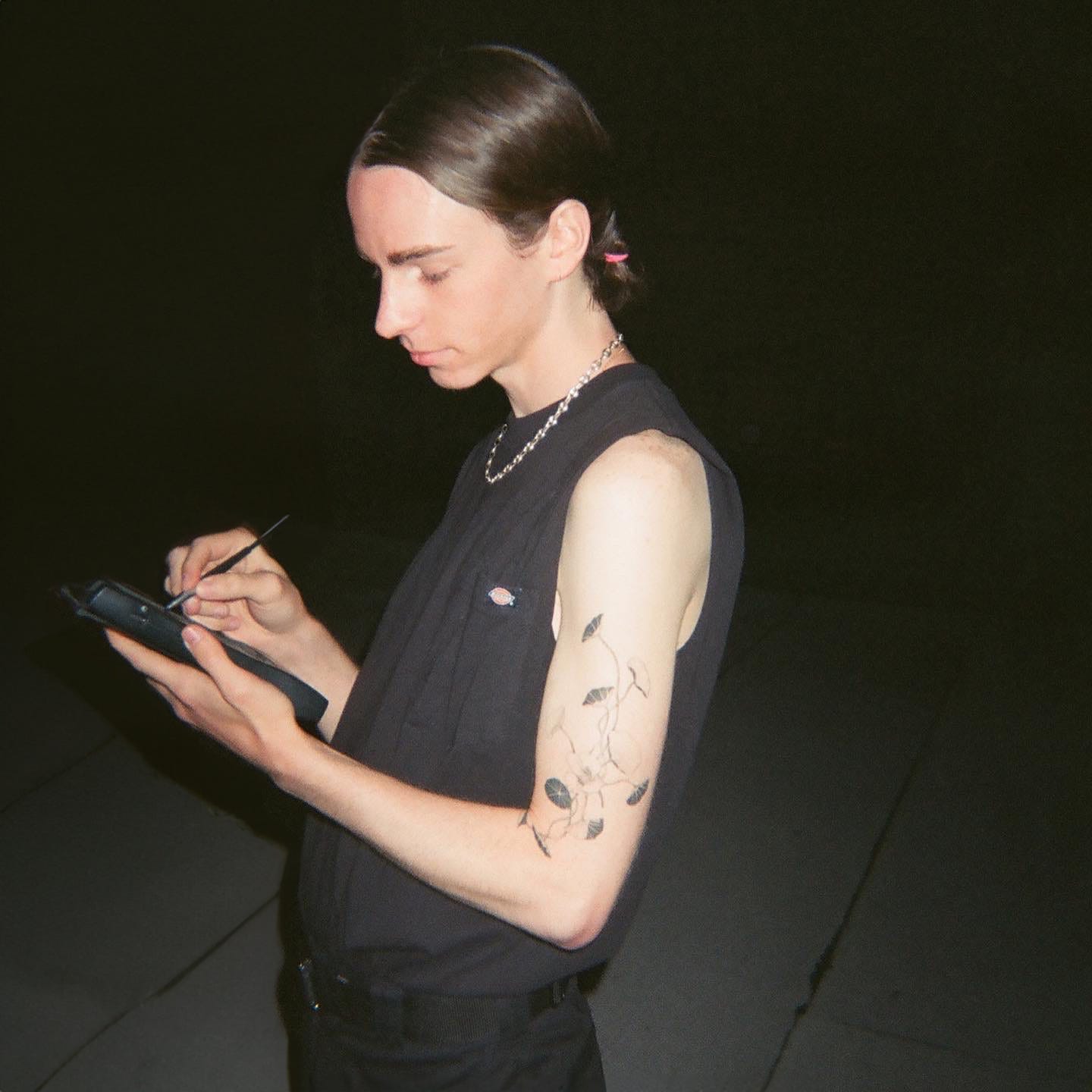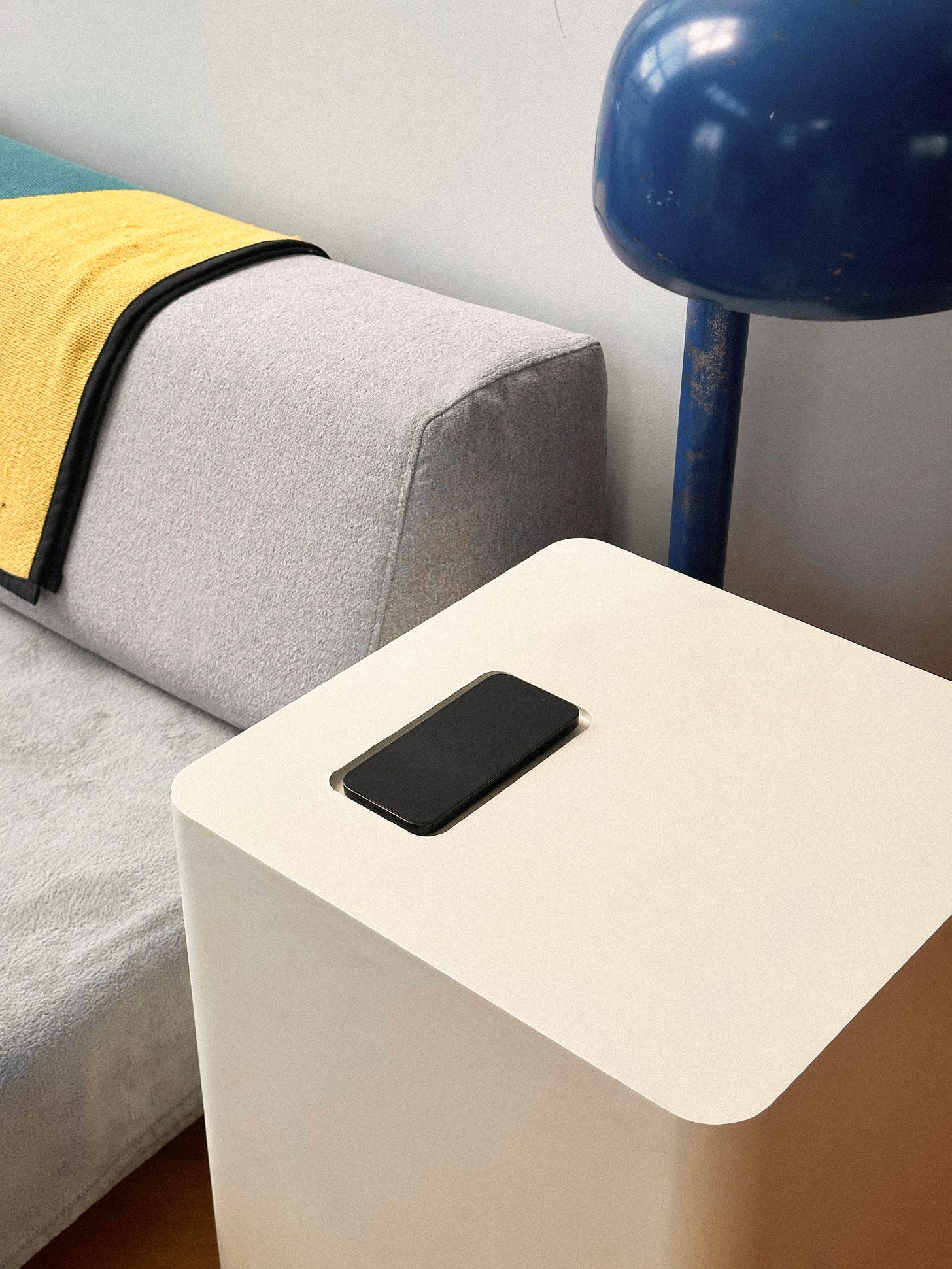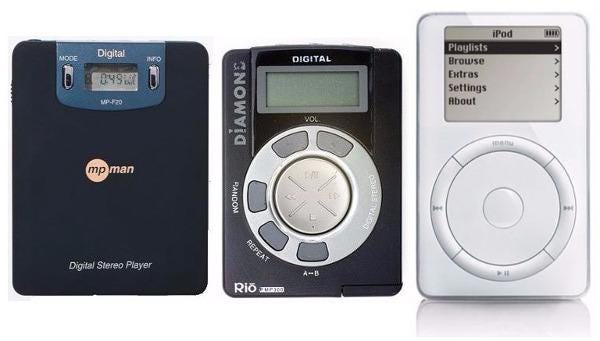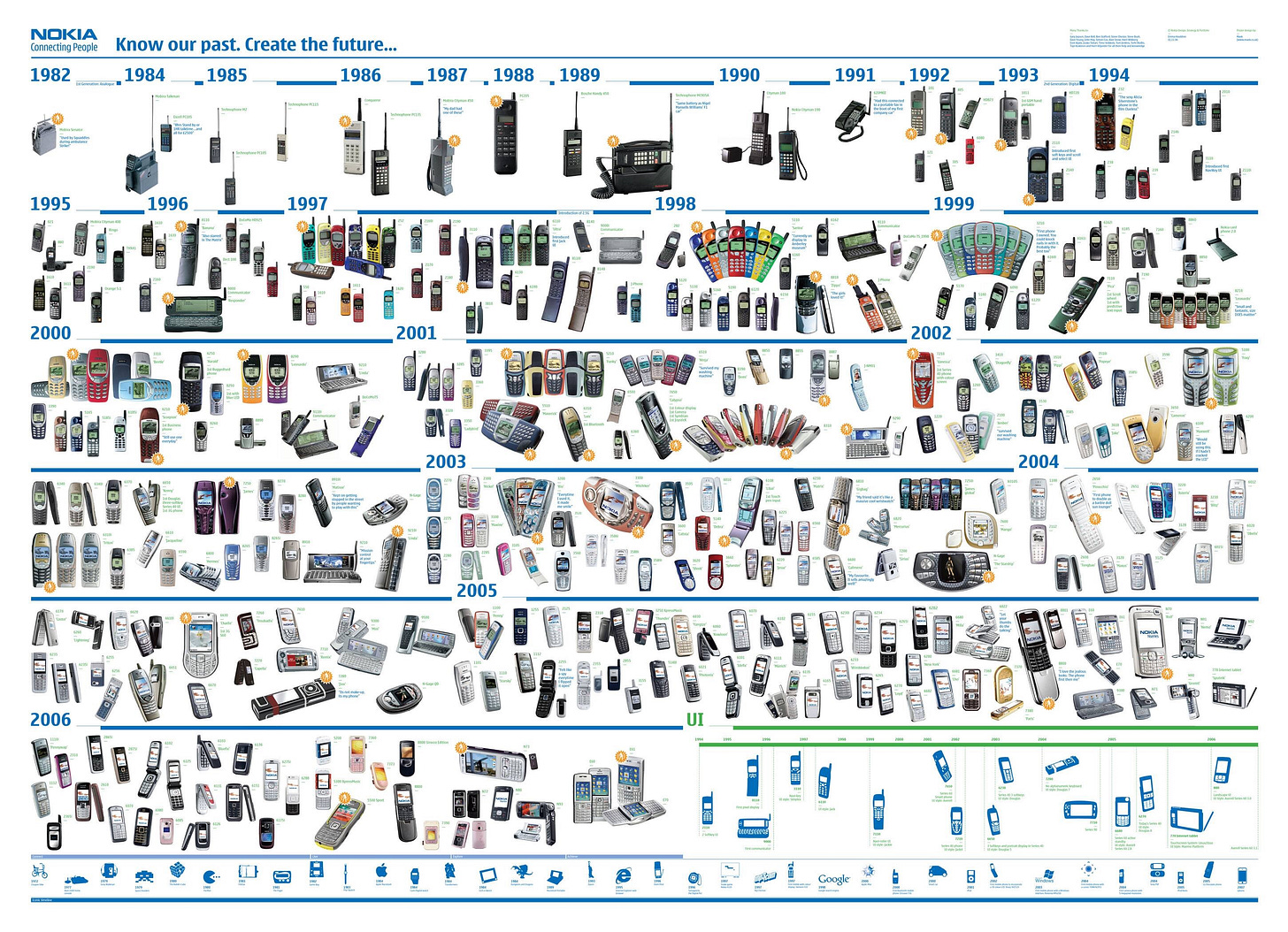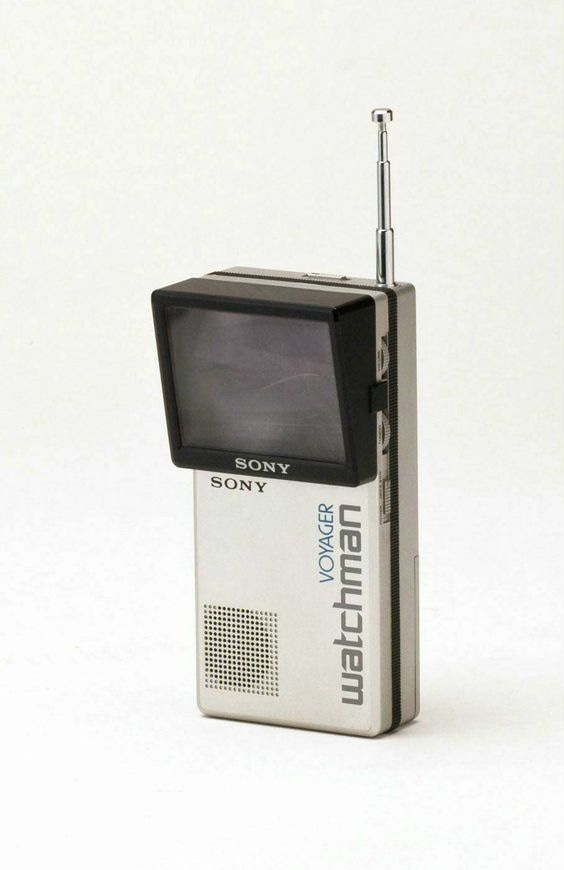Can You 3D Print Nostalgia?
Harry Isaac is designing (and redesigning) consumer electronics for a more joyful UX
It always starts with a DM.
A while back, a friend sent me an IG reel featuring a designer rebuilding a Sony handicam, transforming the dull gray camera into a bright orange handheld that looked like a cross between a Gameboy Color and slime-era Nickelodeon merch.
That video, which now has over 50,000 likes, was shared by Harry Isaac, a New York-based designer with a particular gift for infusing everyday consumer electronics with joy and nostalgia.
Harry’s approach is refreshingly playful and insightful, but it’s also steeped in deep research and archival knowledge. As they see it, designing consumer electronics isn't just about creating devices; it's about crafting experiences — products that are made to enhance the UX of a particular activity, rather than just meet the minimum requirements for it.
Though a lot of our features on object culture here at Designheads tend to focus more on the world of furniture over tech, we’re seeing these environments become increasingly entangled as electronics design becomes more and more accessible (through 3D printing, etc.).
It’s exciting to think about, especially for those like me who dream of replacing their iPhone with an iconic pink RAZR; designers like Harry are giving us a preview of a future in which green text bubbles may be the norm and phones, cameras, and more will come in every shape and size.
I sat down with Harry over video chat to learn more about their story and the power of nostalgia.
So, what got you to where you are today? I love the camera you shared on Instagram.
I'm from New York — I was born here and then grew up outside the city, then came back for school. And I've always loved making things, but the first sort of medium that I started with was software development.
I actually started making apps first and then, because I was doing that, I just figured I would do computer science type things and tech stuff and I started pursuing that.
I very quickly realized that most of the people pursuing software development had a very different mindset about making than I did, viewing it more like a trade, but I was fortunate enough to meet a bunch of people at an internship that I did, who had gone to the Parsons design and tech program, and that sort of opened my eyes to people who were doing design-oriented tech stuff.
So I started with computer science, did one semester of that, dropped out, and then had an internship, then transferred to Parsons, and was there for two more years. I'm very glad that I did it, but I also felt like it had its own limitations as well and I ended up leaving that program to work for a startup.
I've been working as a software developer since then, but continuing to work on my own little side projects; like I've been building furniture and things like that and trying to figure out a way to make these design projects more my focus.
Software development has been an amazing sort of fallback for me, but I really want to figure out how to work more in product design as a full time professional.
Now I've started this series — redesigning these devices, which I started as a way to get into product design. I felt like I could start with existing things that work, and then play with the form and the UX sides of them and spend less time focusing on function.
I feel like we’re entering this new stage of consumer electronics: most new technologies start out really hard to make — only like one or two companies can make them really well. And therefore the market for their products is everybody and they have to design things that are appealing to everybody, or at least not very objectionable to anyone.
So you get these products that are at first very bland or unopinionated, but as the technology matures and gets easier to make, more companies can make it and compete in other areas, like form and UX and function. When the function is easier to achieve, you can spend more time differentiating on those other factors.
The extreme examples are fashion and design products, like a chair. It's very easy to achieve the function of a chair, therefore everything that you differentiate on is related to aesthetics and form. But with technology, it's been harder to make, so then there's little differentiation in design. But I feel like there's many categories of consumer electronics that are now entering this new area, like it's not that hard to make a camera.
I can't compete with Sony, but I can make a fun little thing that I can carry around. So this world is opening up for individuals or small studios to play with and differentiate on design and experience.
That's how I got introduced to your work, for sure, through the funky camera you designed — I love to think about this sort of stuff when it comes to consumer electronics. Do you feel drawn to a particular type of product?
I really like things that are portable — there's just something that feels really personal about them. They’re also a bit more achievable for me to make in a small space. I've built furniture before and really enjoyed that, but it’s really hard to do if you're constrained on space. And I don't want to just do cameras — I've been really interested in making a Bluetooth speaker, so that's what I've been working on right now.
I see a real joy in your design, that moves beyond function into the pleasure of use. At what point do you think the general design of consumer technology lost the joy it had? When you look back at old mp3 players, pre-iPod, or early digital cameras, there's a real stylistic eye there.
I'm sure there's so many factors, but I really do think it has to do with function. You have something like an iPod come in and achieve that function a million times better than any of those mp3 players, and then an iPhone comes in and does it a million times better than all the flip phones — it was a technological advancement that was very hard for other companies to mimic.
If you look at the very beginning of the cell phone market, there wasn't as much differentiation on design at first: there were only a couple of very, very early cell phones. But then by the time we get to portable flip phones, it's a market that's been maturing for 10-15 years, and the functionality is achievable. And then you have to differentiate on something other than function, so there's a flood in the market of all these companies that could achieve the same function.
It then becomes a sort of playground. But then the iPod or iPhone comes in and everyone flocks to those devices, which are nicely designed but totally alike, since they have to appeal to a wide market.
Do you have a particular piece of archival tech that you really like treasure or a sort of grail you think about a lot?
I love the design of a bunch of these old kinds of TVs. I have Pinterest boards full of old TVs like that. And also like old Sony Watchmans and stuff. I actually have some of those too.
Sony put up a cool web archive of all their old products, including all the old Watchman. It's just beautiful. They did so many cool different iterations of it.
It's always cool to hear the historical references that spark people's design. Are there any resources that have been helpful for you as you've moved forward in this particular part of your creative work?
For just learning how to do stuff — really so much YouTube. That's how I learned almost everything. And for improving my work — finding the people that I can sound ideas off of and show and get real feedback from.
Creating and developing relationships with other people who are in the field of design who I can show what I'm working on and be like, "What do you think? What could be better?"
The power of community feedback, 100%. The power of the internet, but like, it does just come down to actual people. That can be the hard part, finding the right people.
I was just gonna say it. I feel like the personal feedback is so much more valuable, but also so much harder to find — people who can get what you're trying to do and provide the right kind of constructive feedback.
You mentioned you share your studio with your partner — does she influence your design style? And what other references do you find yourself drawn to?
She totally influences my style — she's definitely one of the people that I bounce ideas off of. She's a designer as well and often helps me in those moments where I’m like, "Should it be like this or like that.”
And for me, I want things to be more playful, but then I feel like I can tend to skew conservative and not be as comfortable getting outside of the box as I want to be. And so she helps push me over the edge and push for things that are a lot weirder, that I wouldn't necessarily have thought of, which I love.
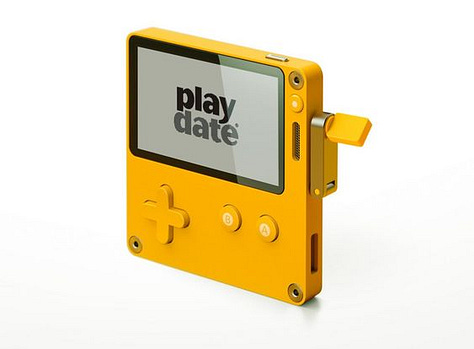
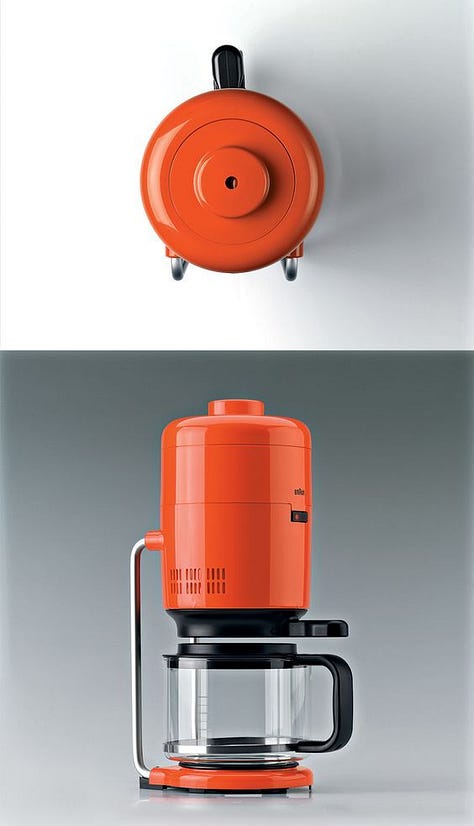
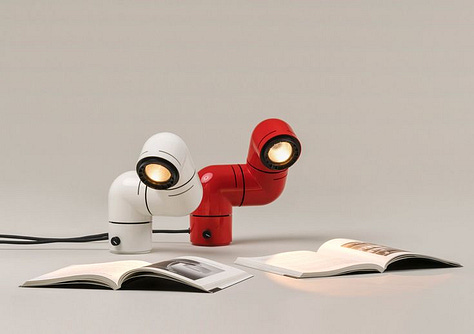
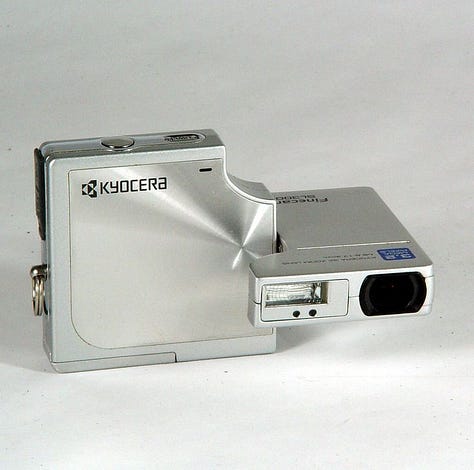
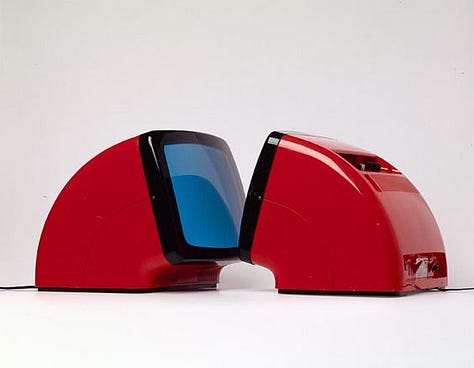
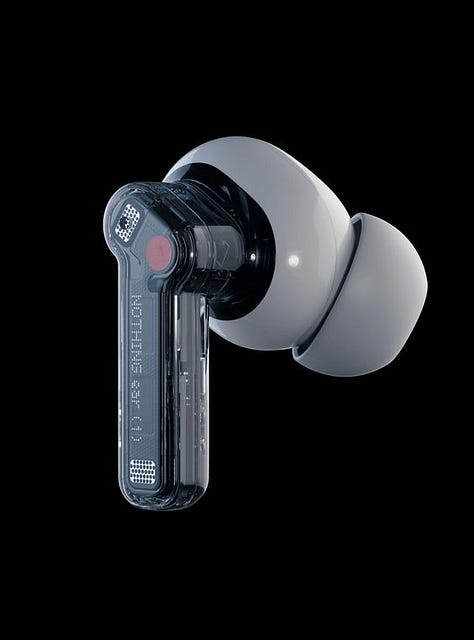
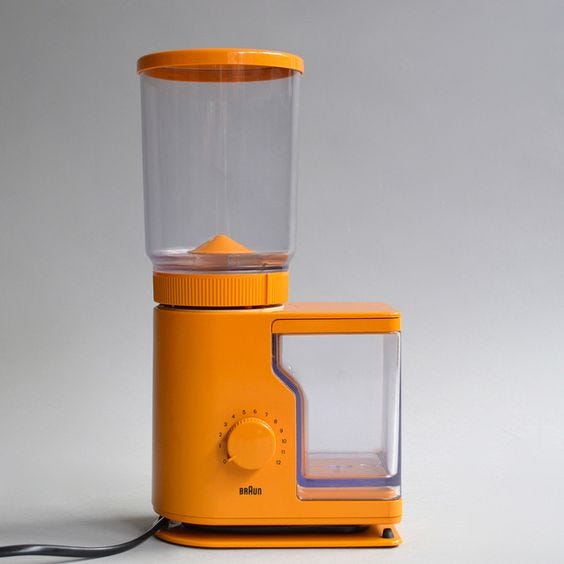
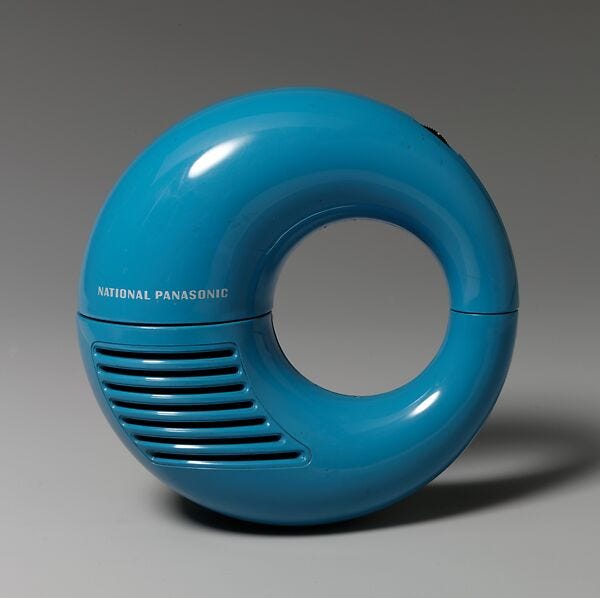
And for other references, outside of technology I feel like probably my biggest influence is furniture. I really love furniture design. I like things that are sort of primitive geometric shapes and bright colors. A lot of inspo from older furniture design, especially stuff like the rounded, plastic objects, like what Kartell makes.
Kartell is a really interesting case as a brand, too. Kartell looks and feels very much like, 60s to 70s design, at least in my mind, so it's really interesting to see how they've evolved and tried to translate that, both successfully and unsuccessfully, to a contemporary aesthetic, while at the same time we're seeing a resurgence of design that is directly referencing the past.
Older brands that created the looks new brands and designers are referencing are trying to change their look to feel more contemporary. It feels sort of mixed up.
It's a really tough line to walk. I've been very interested in nostalgia — I feel like all the design trends that we've been talking about are referencing old stuff. But I feel like it's still so important that design feels new and not just "retro". I like the word nostalgia — I don't like the word retro. I don't want things to feel like they are retro for the sake of retro.
To me, these ideas are about feeling close to another reality. And the past is the closest alternative reality that still feels very accessible to us. With retro design, people like that feeling, of feeling connected to the past. But I feel like it’s the quickest, and maybe cheapest way to access that feeling. It's very easy to throw some retro sauce on something and then be like, "Here, it's from a different reality."
And I like that core feeling: of something that feels like it shouldn’t be able to exist right now, that’s different in some way. But I'm interested in trying to figure out how to achieve that feeling or evoke it in a way that isn't just purely "retro."
To me, nostalgia is a broader thing. I'm really interested in things that can evoke some nostalgia, but still feel modern. I think it's maybe because I want to feel nostalgic about the present — I want to surround myself with the things that make me feel that feeling, about today.



